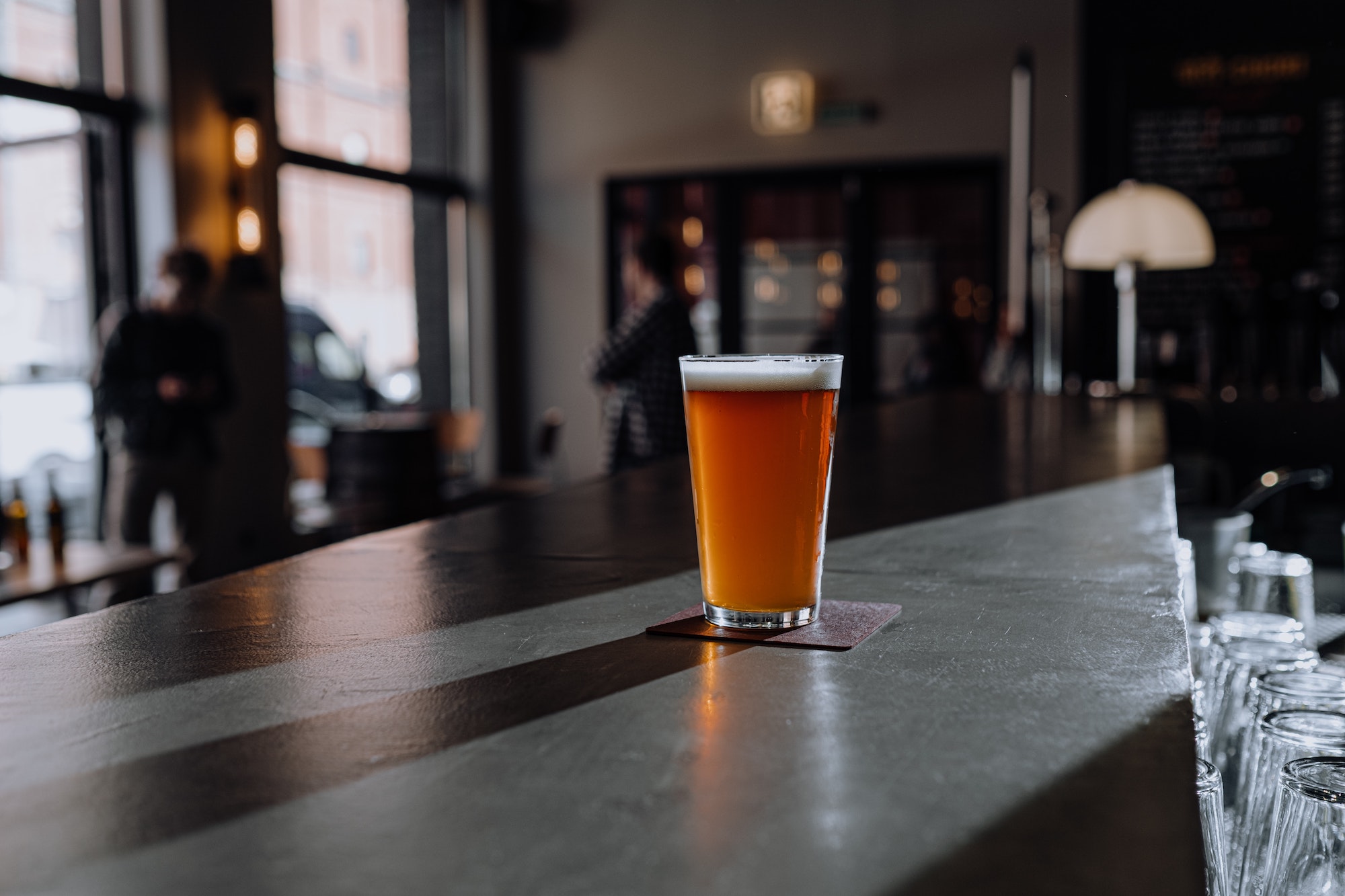
Ales and lagers are two of the most common types of beer, and while they may look similar, they have some key differences in their ingredients, brewing techniques, and flavor profiles. In this article, we’ll explore the differences between ales and lagers, and why you might prefer one over the other.
Ingredients
The main difference between ales and lagers lies in the types of yeast used to ferment the beer. Ales are made with top-fermenting yeast, which ferments at warmer temperatures and produces a beer with a more complex and fruity flavor profile. Lagers, on the other hand, are made with bottom-fermenting yeast, which ferments at cooler temperatures and produces a beer with a cleaner, crisper taste.
In addition to the yeast, the types of malts and hops used in ales and lagers can also contribute to their flavor profiles. Ales tend to use darker malts that give them a more robust and full-bodied flavor, while lagers use lighter malts that produce a milder, less bitter taste. Hops are also used differently in ales and lagers – ales tend to use more hops to balance out their stronger malt flavors, while lagers use fewer hops to allow the malts to shine through.
Brewing Techniques
Another key difference between ales and lagers lies in their brewing techniques. Ales are typically brewed using a process called “top fermentation,” where the yeast ferments at the top of the beer, creating a foamy layer called a “head.” This process usually takes about a week to complete, after which the beer can be bottled or kegged.
Lagers, on the other hand, are brewed using a process called “bottom fermentation,” where the yeast ferments at the bottom of the beer. This process takes longer than top fermentation, usually around 6-8 weeks, and requires cooler temperatures to allow the yeast to work properly. After fermentation is complete, the beer is usually aged for several more weeks to allow it to mature and develop its flavor profile.
Flavor Profiles
The different ingredients and brewing techniques used in ales and lagers result in distinctly different flavor profiles. Ales tend to have a more complex and fruity flavor profile, with a range of flavors that can include everything from caramel and chocolate to fruit and spice. They also tend to have a fuller mouthfeel and a slightly higher alcohol content than lagers.
Lagers, on the other hand, have a cleaner and crisper taste, with a milder flavor profile that emphasizes the malts rather than the hops. They are typically lighter in color and have a thinner mouthfeel than ales, making them a refreshing and easy-drinking option.
Which One is Right for You?
Ultimately, whether you prefer ales or lagers is a matter of personal taste. If you enjoy a beer with a complex and robust flavor profile, ales may be the right choice for you. On the other hand, if you prefer a beer that is light and refreshing, with a clean and crisp taste, lagers may be more your speed.
It’s also worth noting that there are many different types of ales and lagers, each with its own unique flavor profile. For example, pale ales and IPAs are types of ales that are known for their hoppy flavor profiles, while pilsners and Märzens are types of lagers that are known for their crisp and refreshing taste.
In conclusion, ales and lagers are two distinct types of beer with their own unique ingredients, brewing techniques, and flavor profiles. By understanding the differences between the two, you can better appreciate the wide range of flavors and styles that beer has to offer.
